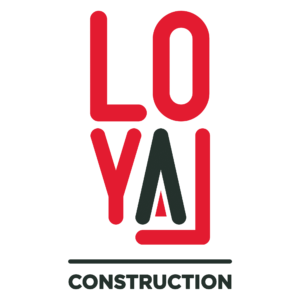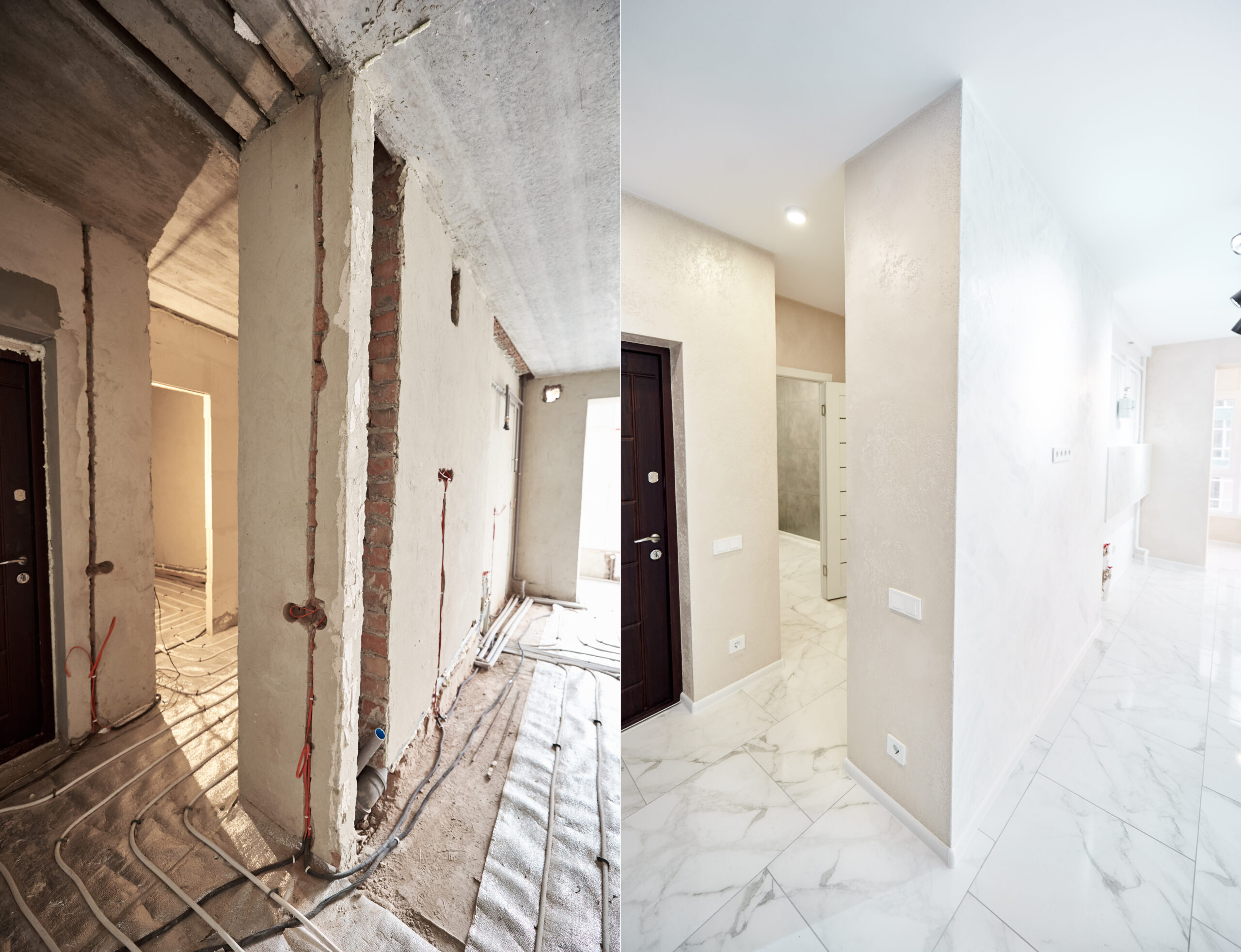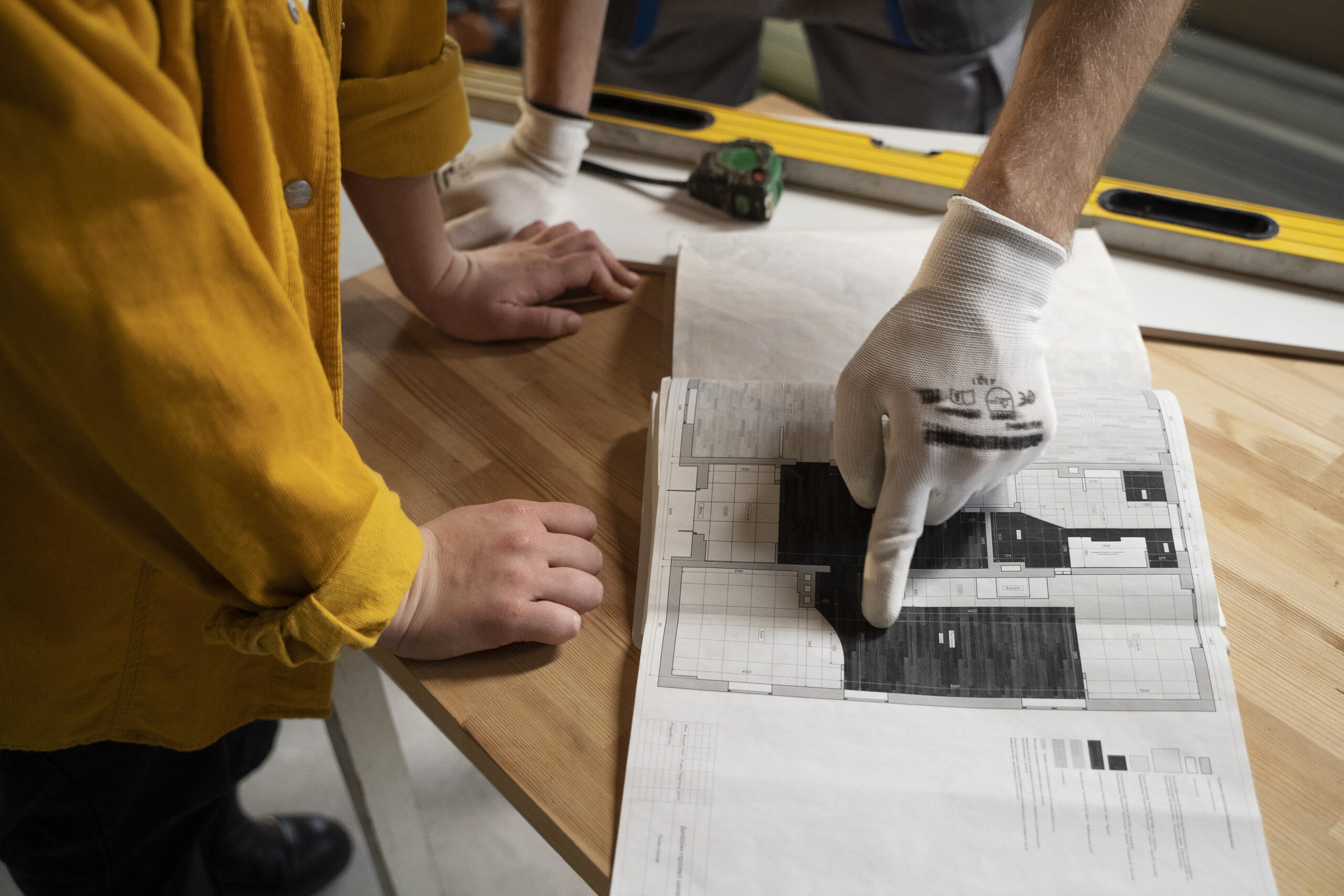by loyaladmin021
Share

Remodeling your home can breathe new life into your living spaces and increase your property’s value. However, the idea of renovation often comes with the assumption of hefty expenses. The good news is that you can achieve remarkable transformations without breaking the bank. In this comprehensive guide, we will explore five practical recommendations for remodeling on a budget. These strategies will help you make cost-effective choices, prioritize your spending, and maximize the impact of your remodeling efforts. Whether you’re looking to spruce up a single room or tackle a whole-house renovation, these tips will empower you to achieve your desired results without draining your wallet.
1. Careful Planning and Budgeting
Recommendation 1: Begin with a Well-Defined Plan and Budget
The key to a successful budget remodel is meticulous planning. Before you start any physical work, outline your renovation goals and create a detailed budget. Here’s how:
- Set Clear Goals: Identify the specific changes you want to make and what you hope to achieve with your remodeling project. Whether it’s a more functional kitchen, an updated bathroom, or an improved living space, having clear goals will guide your decisions.
- Create a Detailed Budget: Determine how much you can afford to spend on your project. Consider your savings, available credit, and any potential financing options. Be sure to factor in a buffer for unexpected expenses.
- Itemize Expenses: Break down your budget into categories such as labor, materials, permits, and fixtures. Research costs for each category to create a realistic budget. Websites, forums, and home improvement stores can be valuable resources for estimating costs.
- Prioritize Spending: Not all aspects of your remodel are equally important. Prioritize spending on areas that will have the most significant impact. For example, if you’re remodeling your kitchen, allocating more of your budget to high-quality countertops or appliances can make a noticeable difference.
- Consider DIY: Evaluate your skills and capabilities. If you have experience with DIY projects, you can save money by handling some tasks yourself, such as painting, demolition, or simple installations.
2. Smart Material Selection
Recommendation 2: Opt for Cost-Effective Materials and Alternatives
Your choice of materials plays a significant role in the overall cost of your remodel. By selecting affordable but quality materials and considering alternatives, you can stretch your budget further. Here’s how:
- Consider Laminate Flooring: Laminate flooring can mimic the look of hardwood or tile at a fraction of the cost. It’s durable and easy to install, making it a cost-effective choice for flooring updates.
- Use Pre-Fabricated Countertops: Pre-fabricated countertops made of materials like laminate, granite, or quartz can be more affordable than custom options. They come in various finishes and can elevate the look of your kitchen or bathroom.
- Explore Paint and Wallpaper: A fresh coat of paint or wallpaper can transform a room at a minimal cost. Opt for neutral or trendy colors that can update your space without major renovation.
- Choose Budget-Friendly Cabinetry: If you’re renovating a kitchen or bathroom, consider cabinet refacing or ready-to-assemble (RTA) cabinets. These options cost less than custom cabinetry but can provide a fresh and updated look.
- Refurbish or Repurpose Furniture: Instead of buying new furniture, consider refurbishing or repurposing existing pieces. A fresh coat of paint, new hardware, or rearranging furniture can make a significant difference.
3. Energy-Efficient Upgrades
Recommendation 3: Invest in Energy-Efficient Fixtures and Appliances
While energy-efficient upgrades might have an upfront cost, they can result in long-term savings on your utility bills. Energy-efficient fixtures and appliances can be a smart investment in a budget remodel. Here are some ideas:
- LED Lighting: Replace incandescent bulbs with energy-efficient LED bulbs. They last longer, use less energy, and can significantly reduce your lighting costs.
- Low-Flow Fixtures: Install low-flow faucets and showerheads in your bathroom and kitchen. These fixtures can reduce water consumption and lower your water bills.
- Energy-Efficient Appliances: When upgrading appliances, look for those with an ENERGY STAR rating. These appliances are designed to be more energy-efficient, reducing your electricity costs over time.
- Proper Insulation: Adequate insulation can help regulate indoor temperatures, reducing your heating and cooling costs. Focus on areas like the attic and walls for insulation improvements.
- Seal Air Leaks: Inspect your home for air leaks and seal them with caulk or weatherstripping. This prevents drafts and can make your heating and cooling systems more efficient.
4. DIY and Sweat Equity
Recommendation 4: Contribute Your Own Labor and Expertise
One of the most effective ways to save money during a budget remodel is by contributing your own labor and expertise. Depending on your skills, you can take on various DIY tasks. Here’s how to maximize your sweat equity:
- Learn New Skills: Consider taking online courses or watching instructional videos to learn new skills, especially if you’re new to remodeling. With the right knowledge, you can tackle tasks like painting, basic plumbing, or tile installation.
- Collaborate with Professionals: While DIY can save you money, some tasks are best left to professionals, such as electrical or plumbing work. Collaborate with experts on more complex aspects of your remodel while handling simpler tasks yourself.
- Recruit Help: Enlist the help of friends and family who have expertise in specific areas. They can provide guidance and assistance, reducing labor costs.
- Tool Sharing: Borrow or rent specialized tools and equipment to avoid the expense of purchasing them. Many home improvement stores offer tool rental services.
- Repurpose and Salvage: Explore opportunities to salvage materials from your existing space or from other sources. Salvaged materials can add character to your remodel while saving money.
5. Effective Project Management
Recommendation 5: Efficiently Manage Your Remodeling Project
Effective project management can prevent delays and budget overruns during your remodel. Keep the following tips in mind to ensure your project runs smoothly:
- Set a Realistic Timeline: Define a reasonable schedule for your remodel. Give yourself extra time for unexpected delays and setbacks.
- Regularly Communicate: Maintain open communication with contractors and subcontractors. Discuss progress, issues, and any necessary adjustments to the plan.
- Avoid Scope Creep: Stick to your original plan and budget as closely as possible. Avoid making unnecessary changes or additions during the remodel.
- Quality Control: Regularly inspect the work to ensure it meets your standards. Address any concerns promptly to prevent rework or additional expenses.
- Final Inspection: Once the remodel is complete, conduct a thorough final inspection to ensure all work is satisfactory and meets your expectations.
Conclusion
Remodeling your home on a budget is a rewarding endeavor that can transform your living spaces without depleting your savings. By following these five recommendations for careful planning, smart material selection, energy-efficient upgrades, DIY contributions, and effective project management, you can achieve your renovation goals while maintaining financial stability. A budget-friendly remodel doesn’t mean sacrificing quality or style; it means making thoughtful choices that enhance your home’s functionality and aesthetics without unnecessary expenses. Start your remodeling journey with confidence, and watch as your space is revitalized within your budgetary constraints.
Loyal Construction: Top construction and Home remodeling services in Atlanta – Georgia, Cumming, Milton, Alpharetta, Buford, Sugar hil, Suwanee, Gainesville, Roswell

by loyaladmin021
Share
STAY IN THE LOOP





